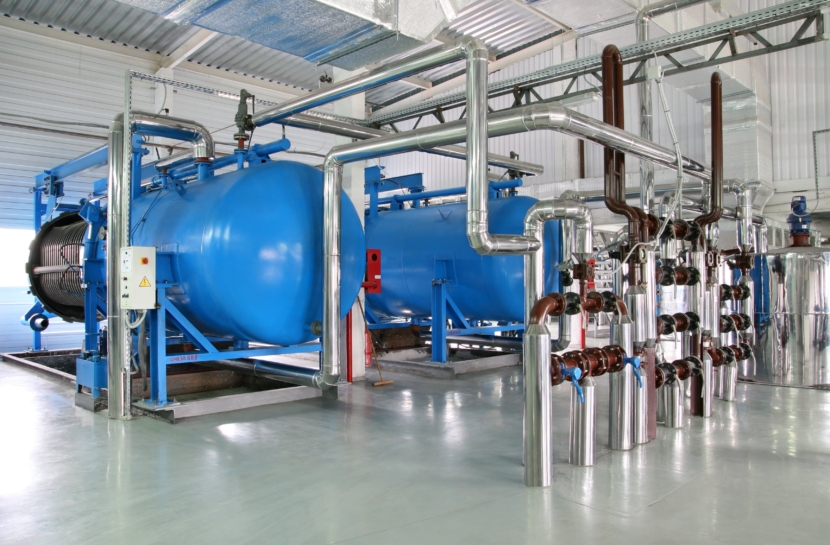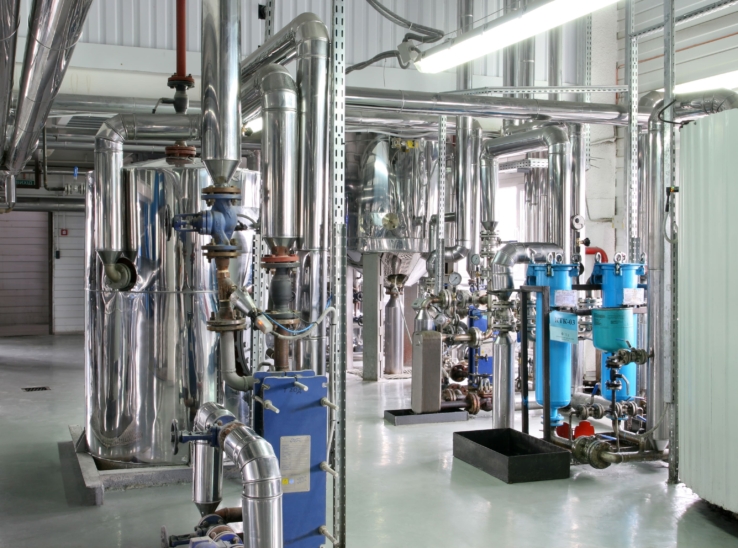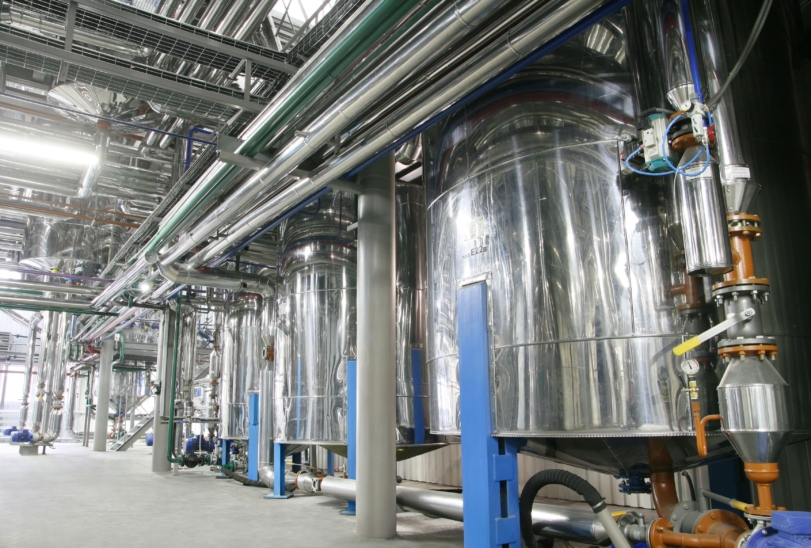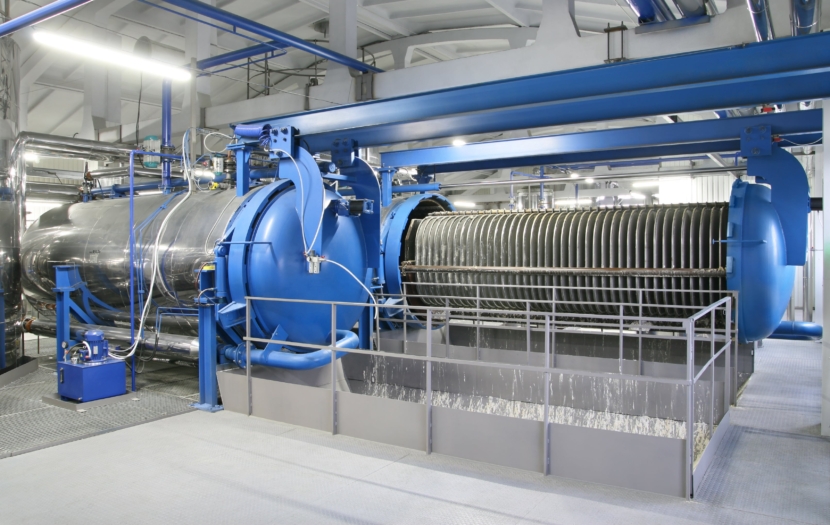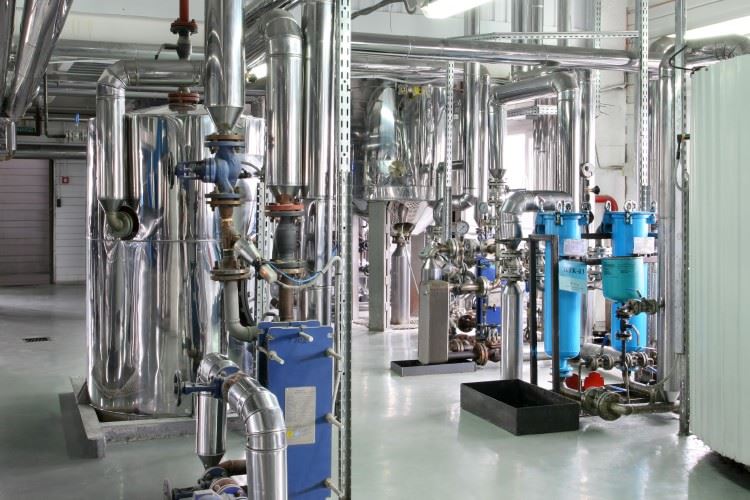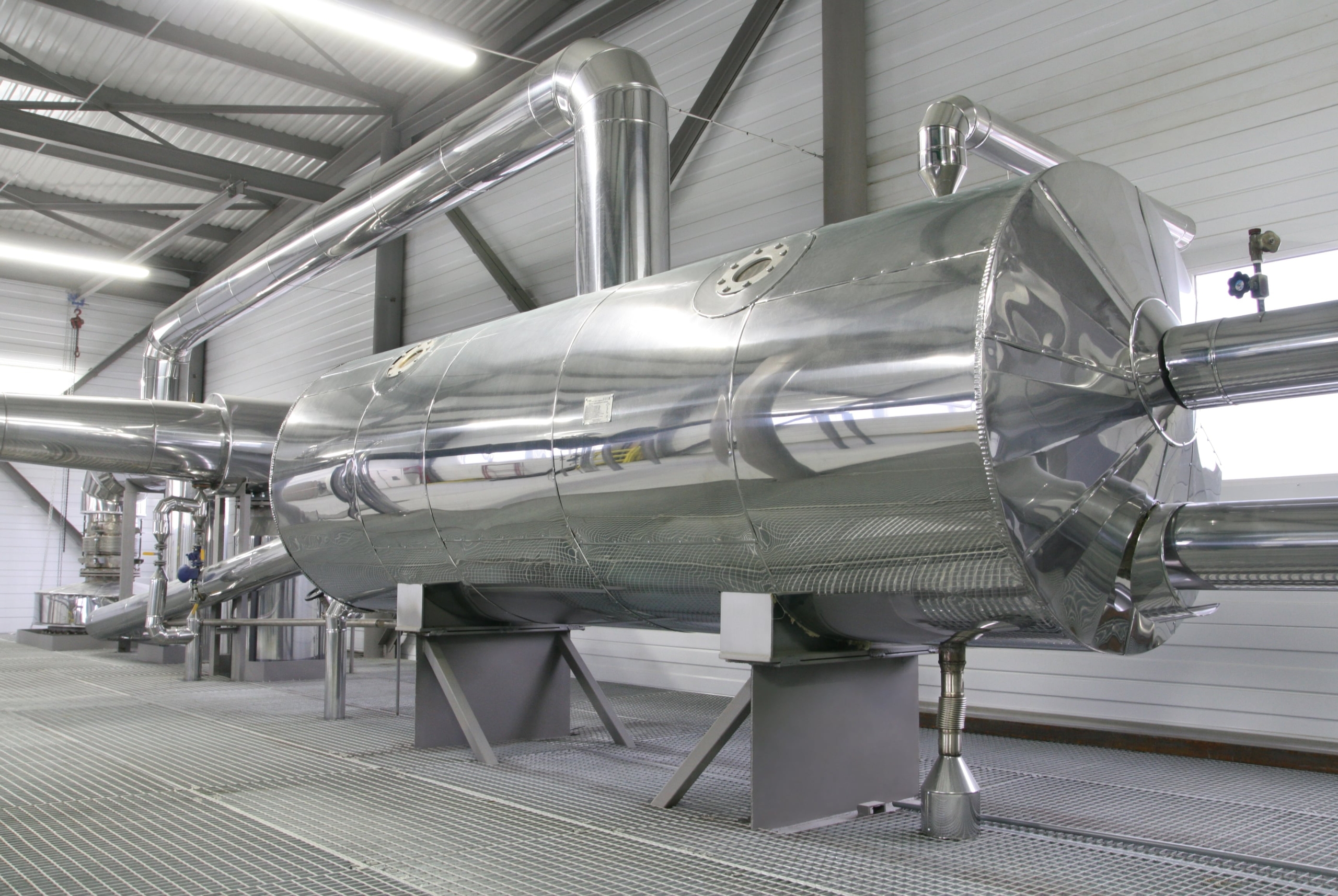Oil winterization line
Description of the technological line
Oil winterization lines are designed to remove waxy impurities from oil. Oil winterization lines can be supplied both as a separate section (for removing wax-like substances from unrefined oil after primary oil purification process) and as a part of complex oil refining-deodorization lines.
Our company designs and produces winterization lines according to the customer’s requirements, both of continuous and periodic operation.
The principle of operation of the oil winterization line
Winterization of vegetable oil is performed in the following way:
Step 1. Not-winterized oil enters the crystallizer, into which perlite powder is fed. In the crystallizer, the oil is cooled by a refrigerant to 6°С. The cooling process lasts at least 12 hours. During this time, at slow mixing of the oil, the formation, crystallization and growth of wax crystals occurs. This greatly facilitates the process of separation of wax crystals in the filter.
Step 2. From the crystallizer, oil is pumped through the heat exchanger, where it is heated by water. The temperature of the water in the heat exchanger should correspond to the technological calculations in order to avoid the wax melting process. The temperature is maintained using a thermostat. After that, the suspension enters the filter for separation of wax crystals from oil.
Step 3. During the filtration process, the oil suspension with perlite powder is drained through the filter plates. A solid phase containing fat, filter powder and waxy substances settles on the filter plates. After winterization, oil enters a special tank for finished products.
Step 4. The sediment that remains on the filter plates is blown with air to make the sediment loose. In the drop separator, oil and air are separated from each other. The oil is then drained into the tank, and the air is discharged to the atmosphere. After that, sediment is discharged from the walls of the filter.

